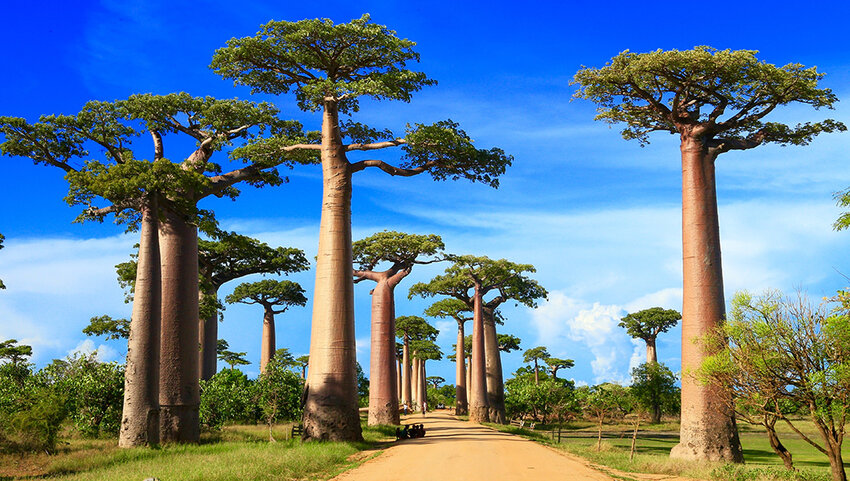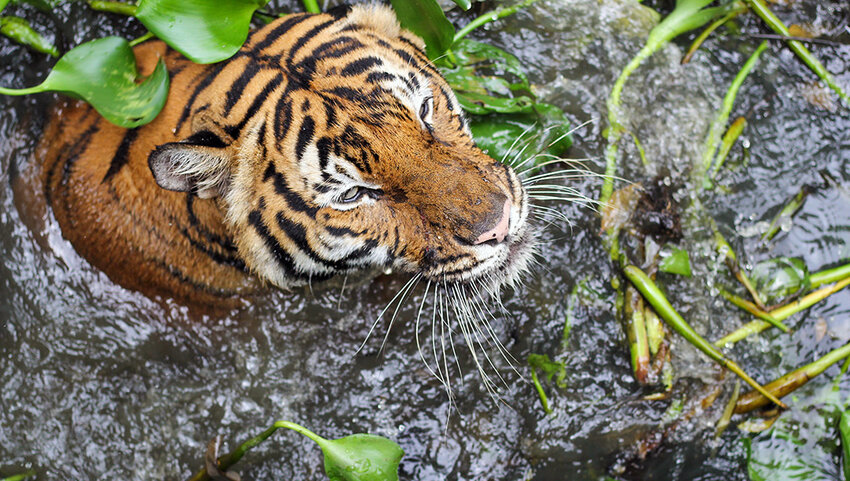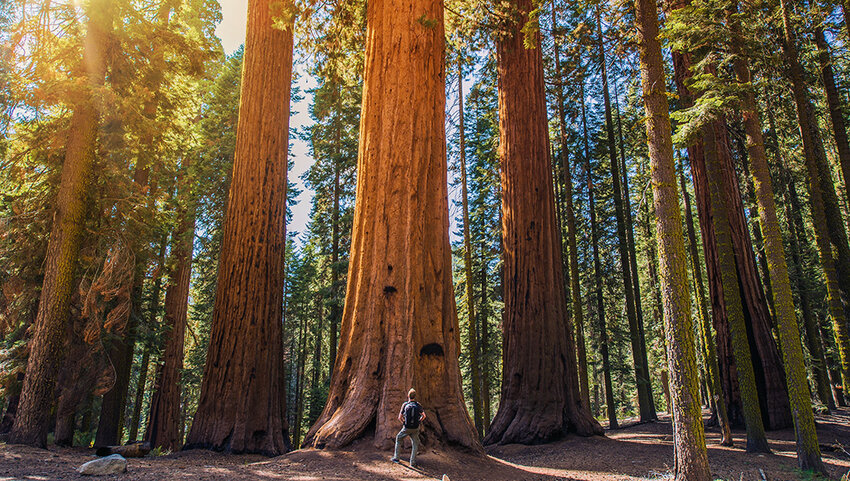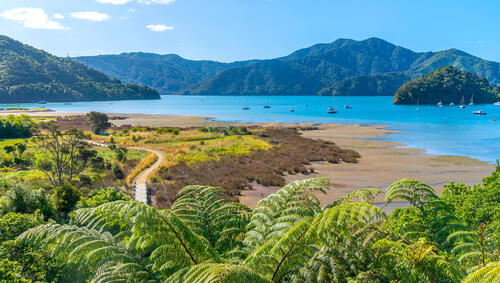As the planet’s population grows, our wild places become even more precious. Biodiversity is a measure of the amount of living organisms in a particular area, and biodiversity hotspots refer to regions that contain a rich variety of life (including endemic and endangered species) and are at risk for destruction. Covering less than 3% of Earth’s land area, the world’s 36 recognized biodiversity hotspots contain almost half of the world’s plants and more than one third of our amphibians, reptiles, birds, and mammals. Crucial to our environment, biodiverse destinations are also exceptional places to celebrate and marvel at this wonderful world. Here are some of our favorite destinations where you can find exceptional biodiversity.
Tropical Andes

The most biodiverse region on the planet, the Tropical Andes area follows its namesake mountain range, running mostly through Colombia, Peru, Bolivia, Ecuador, and Venezuela. The terrain includes snow-topped mountains and cloud forests, grasslands and canyons. In less than 1% of the world’s landmass (560,000 square miles), visitors will find almost one-sixth of the planet’s plant life — that's 45,000 species, including the Andean bromeliad, which takes 100 years to reach maturity. Between this diverse collection of plants are 600 species of mammals and 1,700 species of birds, like the majestic Andean condor, which has the largest wingspan in the world.
New Zealand

Due to its remote geographic location, the plants and animals on the two main islands comprising the nation of New Zealand evolved in relative isolation, leading to a wealth of endemic biodiversity, with an estimated 80,000 native species. The seabird capital of the world, New Zealand is also home to the Kiwi, a flightless and nocturnal creature that’s the nation’s unofficial icon. Eighty-two percent of the plants here are found nowhere else in the world, including the showy Cabbage Palm.
Madagascar

The fourth-largest island in the world, the flora and fauna of Madagascar have evolved in isolation for 80 million years, and more than 90% of the species found in this Indian Ocean nation are endemic. One such creature is the Silky Sifaka lemur, one of the rarest mammals on earth whose white fur has earned it the nickname “Angel of the Forest.” Madagascar is also home to the rare Ploughshare tortoise. Fewer than a thousand of these creatures — which can live more than 100 years — remain in the world.
Himalayas

The highest mountains on the planet rise abruptly in the Himalayas, creating environments of exceptional variety. Tigers, vultures, buffalos, rhinos, and elephants are all found in the Himalayan biodiversity hotspot, which covers land in Pakistan, India, Nepal, Bhutan, and the eastern states of India. There are hundreds of species of endemic orchids as well, including the colorful and delicate Dendrobium nobile, the state flower of the Indian state Sikkim.
California, U.S.

California is the most populous state in the U.S. and urban cities like Los Angeles don’t typically evoke thoughts of biodiversity. But the region stretching from northern Baja California to southern Oregon comprise the California Floristic Province, a rich hotspot in its own right. More than 3,400 species of plants are found only in this temperate Mediterranean-type climate, including the endangered giant sequoia, a coniferous evergreen that’s the biggest tree on the planet.





